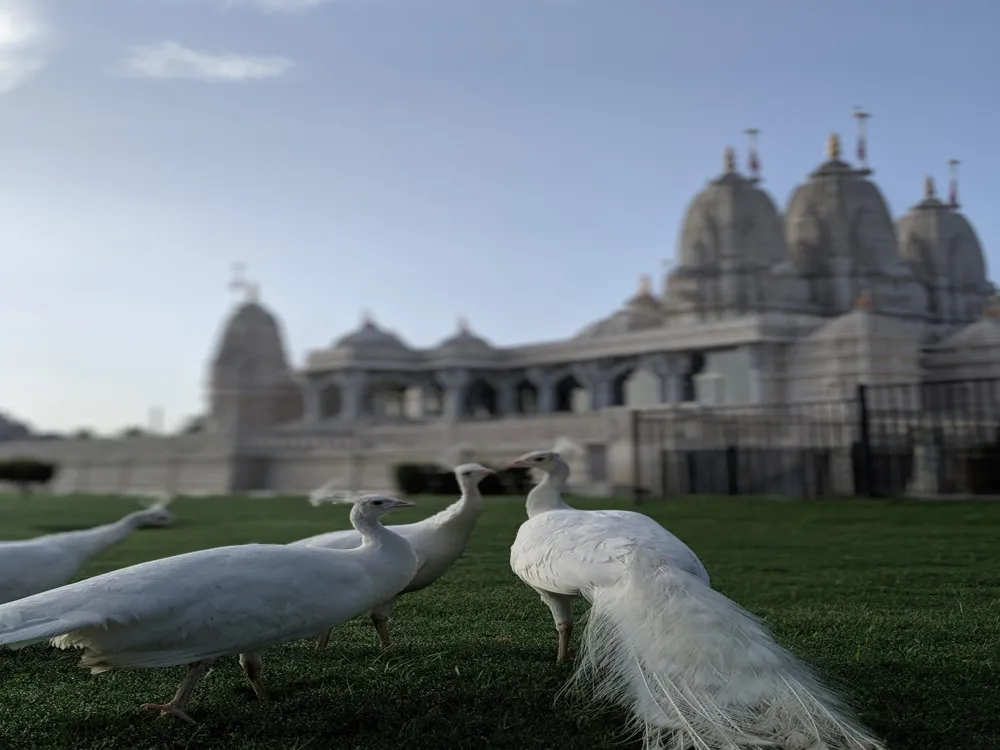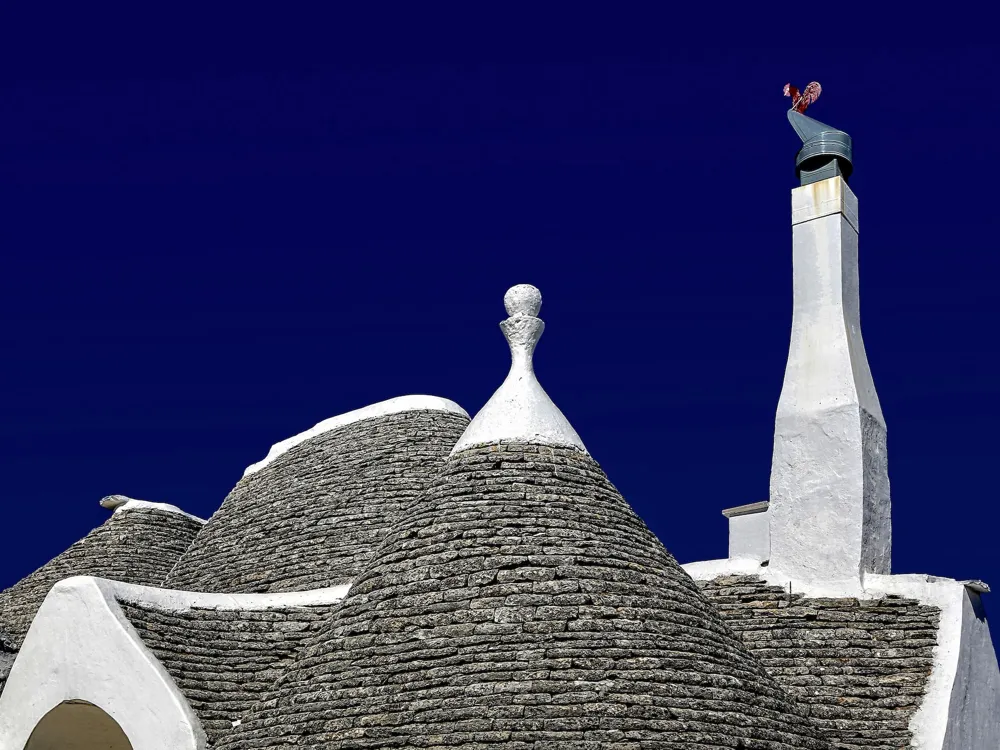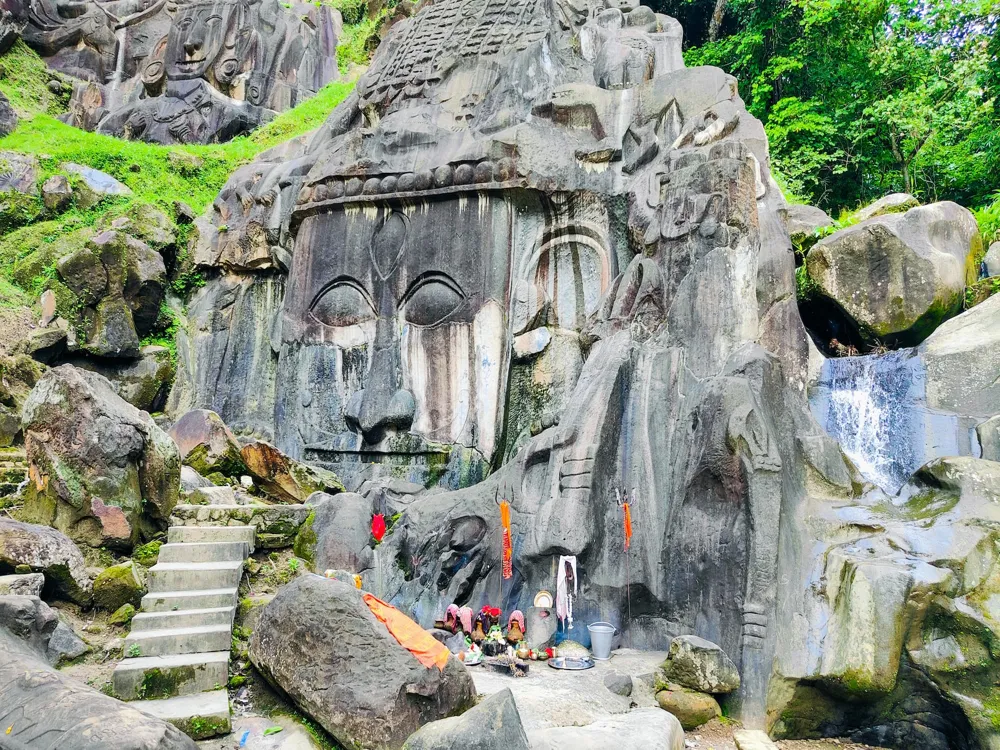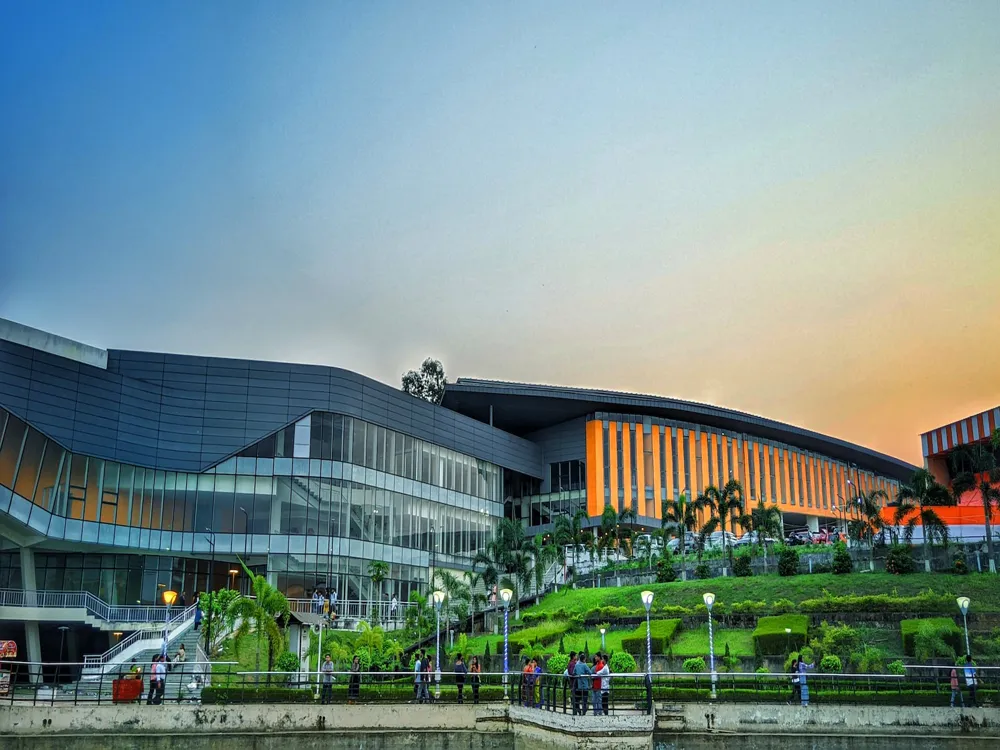Lakhi Narayan Bari, a gem in the crown of Tripura's heritage, stands as a silent yet eloquent witness to the rich cultural legacy of the region. Located in the quaint town of Kailashahar in Tripura, this historical temple is dedicated to Lord Krishna and showcases the exquisite artistry of the region's past artisans. The temple, an epitome of divine serenity, attracts not only devotees but also history enthusiasts and tourists from all corners of the world. Rooted deeply in the historical tapestry of Tripura, Lakhi Narayan Bari was built by the royal family of Tripura, symbolizing their devotion and patronage to Hindu deities. The temple's architecture is a harmonious blend of traditional and local styles, reflecting the unique cultural amalgamation of the region. It stands as a testament to the religious fervor and architectural ingenuity of the bygone era. The environment surrounding Lakhi Narayan Bari is as enchanting as the temple itself. Set amidst lush greenery, the temple complex exudes a tranquil aura that calms the mind and soothes the soul. The ambiance of the temple, with its aura of peace and spirituality, offers a perfect escape from the hustle and bustle of daily life, making it a must-visit destination for anyone seeking solace and inspiration. Exploring Lakhi Narayan Bari is not just a journey through a magnificent architectural marvel but also a voyage into the spiritual and cultural heart of Tripura. The temple's historical significance, coupled with its architectural beauty, makes it a jewel in the cultural heritage of India, deserving of appreciation and preservation for generations to come. The architecture of Lakhi Narayan Bari is a splendid example of the unique architectural style that evolved in Tripura. The temple, constructed with indigenous materials, stands as a masterpiece of craftsmanship and artistic brilliance. The use of locally sourced bricks and lime mortar in the construction showcases the sustainable building practices of the era. The main structure of Lakhi Narayan Bari is characterized by its typical dome-shaped shikhara, a distinctive feature of Bengali temple architecture. The shikhara rises majestically against the skyline, drawing the eyes upward in awe. Intricately carved motifs and sculptures adorn the temple walls, each narrating tales from Hindu mythology and epics, especially focusing on the life and exploits of Lord Krishna. The temple's interior is equally mesmerizing, with its sanctum sanctorum housing the revered idol of Lord Krishna. The inner walls are embellished with frescoes and murals, vividly depicting scenes from Hindu religious texts. These artworks not only enhance the temple's beauty but also serve as a medium for storytelling, educating visitors about Hindu mythology and traditions. The architectural design of Lakhi Narayan Bari is not just an embodiment of religious significance but also a reflection of the socio-cultural fabric of the time. The temple's layout, with its adjoining courtyards and auxiliary shrines, fosters a sense of community and collective worship, an integral aspect of Hindu temple culture. Preserving this architectural marvel is crucial for future generations, as it represents a significant chapter in the history of Indian architecture. The temple's design and construction techniques offer valuable insights into the region's historical and cultural evolution, making it an indispensable part of India's architectural heritage. The ideal time to visit Lakhi Narayan Bari is between October and March when the weather is pleasant, making it conducive for exploring the temple and its surroundings. Visitors are advised to dress modestly, respecting the sanctity of the temple. Traditional or conservative attire is recommended. Photography might be restricted in certain areas of the temple. It is advisable to check with the temple authorities before clicking pictures. Understanding and respecting local customs, such as removing shoes before entering the temple, is essential for all visitors. Opting for a guided tour can enrich your experience, providing deeper insights into the temple's history and architecture. Lakhi Narayan Bari is easily accessible from various parts of Tripura and neighboring states. The nearest airport is in Agartala, from where one can hire a taxi or take a bus to Kailashahar. Kailashahar also has good road connectivity with major cities in the region, making it convenient for travelers to reach the temple by car or bus. For those preferring railways, the nearest railway station is in Dharmanagar, which is well-connected to different parts of India. From Dharmanagar, one can take a taxi or local transport to reach Lakhi Narayan Bari. Read More: Overview of Lakhi Narayan Bari, Kailashahar, Tripura
Architecture of Lakhi Narayan Bari
Tips When Visiting Lakhi Narayan Bari
Best Time to Visit
Dress Code
Photography
Local Customs and Etiquette
Guided Tours
How To Reach Lakhi Narayan Bari
Lakhi Narayan Bari
Kailashahar
Tripura
NaN onwards
View kailashahar Packages
Kailashahar Travel Packages
View All Packages For Kailashahar
Top Hotel Collections for Kailashahar

Private Pool

Luxury Hotels

5-Star Hotels

Pet Friendly
Top Hotels Near Kailashahar
Other Top Ranking Places In Kailashahar
View All Places To Visit In kailashahar
View kailashahar Packages
Kailashahar Travel Packages
View All Packages For Kailashahar
Top Hotel Collections for Kailashahar

Private Pool

Luxury Hotels

5-Star Hotels

Pet Friendly



















